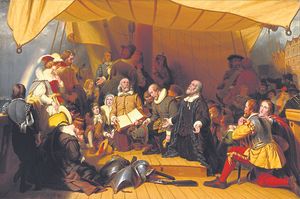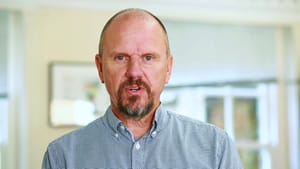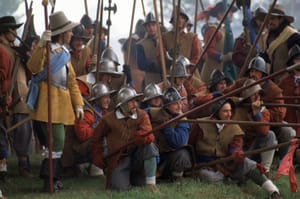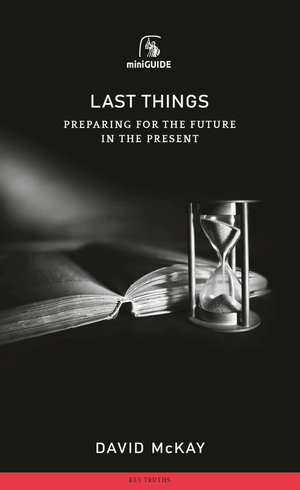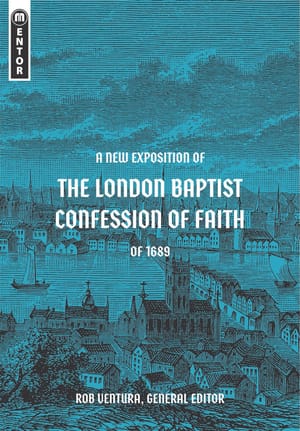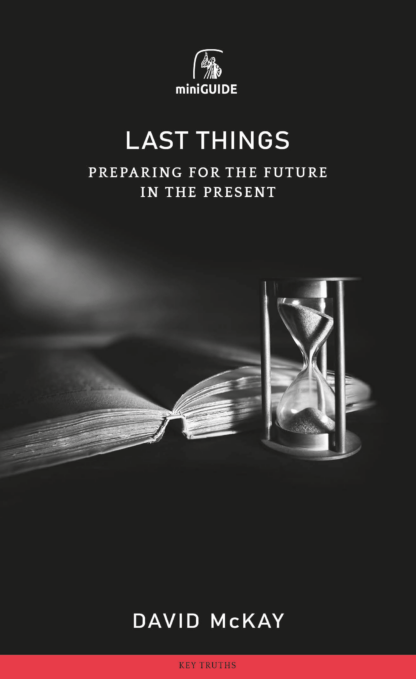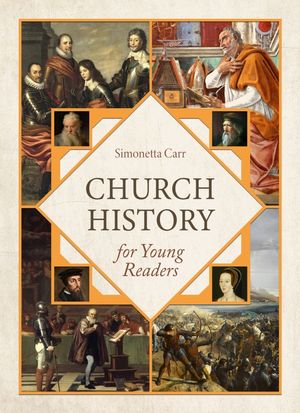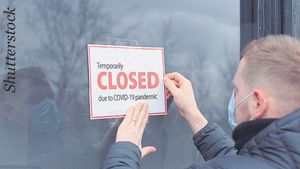September 2020 marked the 400th anniversary of the voyage of the Mayflower. In popular perceptions the ‘pilgrims’ are Puritans who left England in 1620 seeking religious freedom. But how well do we know them?
1 - Many don’t class them as Puritans
The Puritans aimed to complete the reformation of the Church of England. But the pilgrim fathers had already left the Church of England – they were separatists. Puritans who sailed to the New World in the Great Migration of the 1630s and 1640s founded a different colony – the Massachusetts Bay Colony. Therefore, those sailing on the Mayflower are often dubbed pilgrims rather than Puritans.
2 - Many pilgrims were leaving Holland, not England
The voyage of the Mayflower was organised and inspired by an English separatist congregation of 300 in Leiden. Many had been in Holland for over a decade. Their emotional departure was from friends in Holland. The historian of their number, William Bradford, recorded that ‘they left that goodly and pleasant city [Leiden], which had been their resting place near 12 years; but they knew they were pilgrims, and looked not much on those things, but lifted up their eyes to the heavens, their dearest country, and quieted their spirits’.
3 - Persecution from James I of England made them flee to Leiden
Appreciation of the Authorised Version has given some too positive a view of James I. But, like other unconverted monarchs, his religious concern was for conformity, not truth. James said of the Puritans: ‘I shall make them conform themselves, or I will harry them out of this Land, or else do worse.’ James’s Archbishop, Bancroft, demanded each minister swear – from the heart, without reservation – that he would follow the 39 Articles and Prayer Book. This included legacy Roman Catholic practices like wearing the surplice and kneeling at communion.
4 - The pilgrims’ radical views came from deep biblical convictions
Most believers in the pilgrims’ day subscribed to a national church. But the pilgrims’ pastor, John Robinson, stated that Paul ‘accounts the whole visible church and every member of it, elect, redeemed, justified, and sanctified’. This position, endangering his livelihood and personal safety, was reached after Robinson ‘searched the Scriptures’ until the truth was ‘in my heart as a burning fire shut up in my bones, Jeremiah 20:9’.
5 - Leaving England for Holland was more traumatic than leaving for the New World
William Bradford (governor of the Plymouth Bay Colony) and John Robinson were briefly part of a separatist congregation in Scrooby, Nottinghamshire. Persecuted, they tried to escape to Holland. In 1607 they chartered a ship from Boston, Lincolnshire. They ended up being swindled and betrayed to the authorities. In 1608 they tried to cross the sea again at a deserted spot between Grimsby and Hull. This time the Dutch ship, spotting armed men on the shore, sailed away after only some male pilgrims were aboard. Their tearful wives and children were left ashore and captured. Eventually the Privy Council decided that the pilgrims were more trouble in the realm than out and let them go to Holland.
6 - Their pastor wanted to go but was outvoted
John Robinson, pastor of the pilgrim congregation in Leiden, was central to the planning of the voyage of the Mayflower. He was involved in negotiations and preparations for several years. He wanted to go, but being a congregationalist he acquiesced with the view of the majority that he remain with those left behind. Robinson died in 1625 in Leiden, seemingly of the plague, before he could sail in a further wave of pilgrims.
7 - Escaping European war was a major motivation
The pilgrims knew how risky an Atlantic voyage was. But they reasoned that remaining in Holland was more dangerous. Catholic Spain, short of funds after expensive wars like the failed Armada of 1588, had agreed a Twelve Year Truce with Holland’s United Provinces. This truce was due to end the year after the Mayflower sailed. Were Roman Catholic Spain to regain control of the United Provinces, the future of Protestants – let alone separatist Protestants – looked bleak. Emigrating to the New World for long-term religious freedom did not look so rash against this backdrop.
8 - The pilgrims considered settling in New York
John Robinson also negotiated with the New Netherlands Company. He claimed that over 400 families (from both Leiden and England) could be persuaded to join a new commonwealth to propagate ‘the true and pure Christian religion’. Had this occurred they would have sailed for New Amsterdam (later New York).
9 - One of the pilgrims was a successor to Tyndale
William Brewster, a church elder, ran a printing press in Leiden. It was known as ‘The Pilgrim Press’. When James tried to impose bishops on Scotland with the Five Articles of Perth in 1618, Brewster printed fierce criticisms. A tract, The Perth Assembly, was smuggled into Scotland. James was furious but the University of Leiden gave Brewster protection. Brewster boarded the Mayflower in disguise and became the religious leader of the Plymouth Plantation.
10 - Attempts to minimise the religious motives are flawed
Some classify the Mayflower passengers as either ‘Saints’ or ‘Strangers’, with only about 40 out of 102 being saints. This suggests a majority did not have strong religious motives. However, due to lack of reliable history, many passengers are little more than names. Others, whilst not being from the Leiden congregation, and with economic interests in the voyage, were nonconformists. Christopher Martin, from Great Burstead in Essex, was the treasurer of the joint stock company but was recorded as refusing to kneel for Easter Communion in 1612. When children are counted with their parents, at least two thirds of those on the Mayflower would be classed as pilgrims.
Paul Smith is a full-time elder of Grace Baptist Church, Broadstairs, Kent, and a director of ET.

